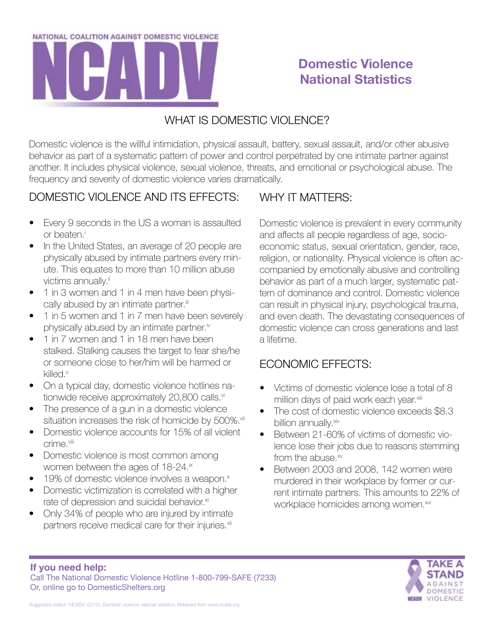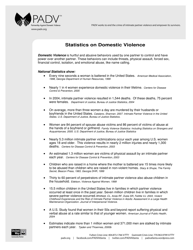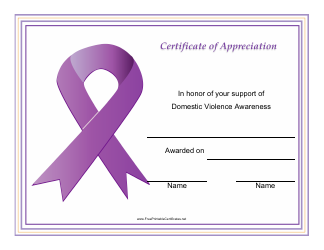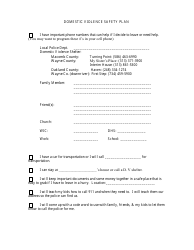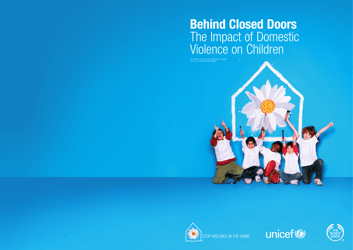Domestic Violence National Statistics - National Coalition Against Domestic Violence
The Domestic Violence National Statistics provided by the National Coalition Against Domestic Violence offer information and data about domestic violence in the United States. It helps raise awareness, monitor trends, and understand the scope of the issue of domestic violence in the country.
The National Coalition Against Domestic Violence compiles and analyzes the domestic violence national statistics.
FAQ
Q: What is domestic violence?
A: Domestic violence refers to a pattern of abusive behaviors used by one person in a relationship to gain and maintain power and control over the other person.
Q: How common is domestic violence in the United States?
A: Domestic violence is incredibly common in the United States, affecting millions of people each year.
Q: Who are the victims of domestic violence?
A: Victims of domestic violence can be anyone, regardless of gender, age, race, or socioeconomic status.
Q: What are the warning signs of an abusive relationship?
A: Some warning signs of an abusive relationship include controlling behavior, threats, excessive jealousy, and physical violence.
Q: What are the long-term effects of domestic violence?
A: The long-term effects of domestic violence can include physical injuries, mental health issues, and even death.
Q: What can be done to prevent domestic violence?
A: Preventing domestic violence requires a collective effort, including education, support for victims, and holding abusers accountable.
Q: Are there laws in place to protect victims of domestic violence?
A: Yes, there are laws in place to protect victims of domestic violence, including restraining orders and criminal prosecution of abusers.
